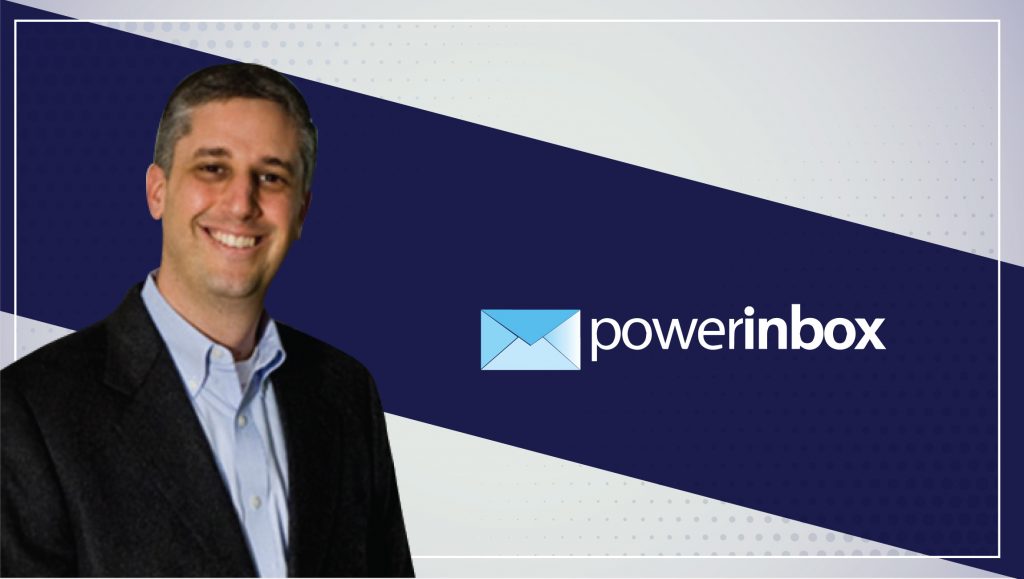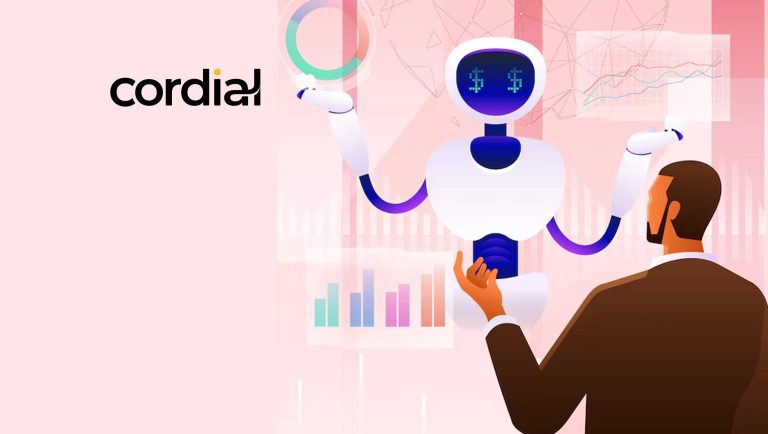
“Having great data scientists on your team is the key — they must be able to crunch the numbers, but also ask smart questions and understand the implications of the analytics as it applies to real human behavior.”
Tell us about your role and journey into Email Advertising. What made you start PowerInbox?
My prior company monetized domain names and we had a small unit providing a shopping comparison experience for travel. Although it was a small site, we noticed that over 80% of the value was coming from its email list, which kept growing and becoming more profitable. I knew there would be an opportunity to invest in that platform of email and make it even more productive for publishers. When the founders of PowerInbox invited me to come on board, it was clear that we shared that same vision, so it was a natural fit.
How do you see the evolution of the Email Advertising landscape in 2019?
I believe we will continue to see innovation in the type of advertising shown, ranging from rich media to other innovative formats. As consumer trust in social media continues to wane, and brands and publishers grow more frustrated with relinquishing control of audience engagement to third parties, more and more traditional advertisers will discover the power of marketing to people inside the email. Email still offers the highest ROI of any other channel and the most engaged audience you can reach on a one-to-one basis.
As compared to B2C, how does a CEO’s role differ in the B2B tech industry?
We have fewer customers so we can interface with each one directly and work alongside them to help them achieve their goals. It’s a longer sales cycle for sure, but that also means that we have the opportunity to really get to know our customers, their business and their challenges and work closely together to solve them. When they succeed, it’s even more gratifying because you’ve been along for the journey.
Will PowerInbox evolve into developing Native/Programmatic Advertising for video?
We are constantly looking at how we can expand our footprint and leverage the assets we have already created. We see tremendous potential for advertising through a variety of new and emerging channels, and we’re exploring several avenues to bring new engagement opportunities to advertisers.
What goes into creating a frictionless experience for tech buyers through automation and data analytics?
I’m not sure I understand the question. If you’re asking how to create a frictionless buying experience for automation and data analytics technology, I think it starts with being clear about what your product can do and how it works. Customers don’t like the idea of magical black box technologies and abstract benefits. They want to understand how and why it works. Show them the ROI in measurable terms, both financial and in terms of time savings and reducing pain points. Remember, you’re selling to people, not to a business. Treat them as intelligent human beings and focus on making their lives easier.
What startups in the technology industry are you watching keenly right now?
I like to follow the AI and Big Data companies — they are transforming industries and we believe the future for all businesses will be based on a smart set of tools with highly sophisticated AI features.
What Marketing and Sales Automation tools and technologies do you currently use?
We try everything, even if it’s not the most well-known, like PipelineDeals for CRM or Yesware.
Could you tell us about an outstanding digital campaign?
Our client, a large social gaming company, gave us a budget of $5,000 to work with and we put together a campaign that combined push notifications and email with ads that directed clicks to one of three advertorial landing pages or directly to the Google Play store to download their app. We optimized the traffic for them and achieved over 9 percent conversion rate with a less than $5 cost per install within the first week. They were so impressed with the initial test run, that they increased our first-month budget to $8,000 and renewed the next month for $10,000. It was very interesting to see how the different landing pages influenced clicks and conversions, and in fact, this nurturing path, rather than sending them directly to the download link, was much more effective for converting customers.
How do you prepare for an AI-centric world as a business leader?
Focus on talent recruiting. Having great data scientists on your team is the key. They must be able to crunch the numbers, but also ask smart questions and understand the implications of the analytics as it applies to real human behavior.
How do you inspire your people to work with technology?
We give them the freedom to choose their own tools. Rather than dictate what technology they should work with and how, we let them choose whatever works best for them, whether it’s a PC or a Mac, iOS or Android. The choice is theirs and in our experience, this makes them more productive and effective.
One word that best describes how you work.
Relentless
What apps/software/tools can’t you live without?
Email, obviously. Not only is it the cornerstone of our business, but it’s also a primary channel for us to conduct business. It’s reliable, direct and effective.
What’s your smartest work-related shortcut or productivity hack?
Filter, filter and filter emails and get to Inbox Zero each day.
What are you currently reading?
I enjoy both digital and paper books. I really like biographies, and I recently finished reading “Grant” by Ron Chernow, about how this American president was always misunderstood and under-estimated in his lifetime.
What’s the best advice you’ve ever received?
Don’t confuse a good business with a good product. There are a lot of companies out there with great products, but they just can’t seem to find the right market or operate the business well. On the other hand, it’s also possible to have a fairly successful business with a mediocre product, as long as there’s no one out there with a better product. As soon as your competition has a better product, you’re toast. It won’t take long for your customers to figure it out. That’s why, as a company, we’ve always made it a priority to invest in developing the best product, and less so on the traditional structure and overhead that bogs down a lot of other startups.
Something you do better than others – the secret of your success?
I don’t give up. I keep working, studying and brainstorming how to solve a problem until I have the answer.
Tag the one person in the industry whose answers to these questions you would love to read.
Jeff Weiner, CEO at LinkedIn.
Thank you, Jeff! Hope to see you back on MarTech Series soon.
Jeff serves as CEO of PowerInbox, an innovative technology company helping companies monetize their email newsletters through dynamic content. Before joining PowerInbox, Jeff served as President and CEO at Oversee.net, managing worldwide operations and building Oversee’s owned and operated a portfolio of domain names into one of the world’s largest, establishing the company as the leader in Internet real estate. Under his leadership, the company diversified into lead generation, building several high growth and high margin businesses.
Kupietzky has also served in leadership positions with X1 Technologies, Digital Insight (Intuit), Siebel Systems (Oracle), and Loudcloud/Opsware (Hewlett-Packard). Jeff began his career as a consultant for McKinsey & Co., developing business strategies for software, insurance, and banking clients. A frequent speaker at digital media conferences, he has also been featured on CNN, CNBC, and in many news and business magazines. Jeff earned an MBA with high distinction from Harvard Business School and graduated summa cum laude with B.A. in Economics from Columbia University.

PowerInbox is the innovation leader in email monetization, real-time personalization and dynamic subscriber engagement. We enable publishers and brands to deliver the person-to-person experience their subscribers expect at any scale, with a simple, yet sophisticated, platform that is easy to use, nimble and efficient.
The MTS Martech Interview Series is a fun Q&A style chat which we really enjoy doing with martech leaders. With inspiration from Lifehacker’s How I work interviews, the MarTech Series Interviews follows a two part format On Marketing Technology, and This Is How I Work. The format was chosen because when we decided to start an interview series with the biggest and brightest minds in martech – we wanted to get insight into two areas … one – their ideas on marketing tech and two – insights into the philosophy and methods that make these leaders tick.






















